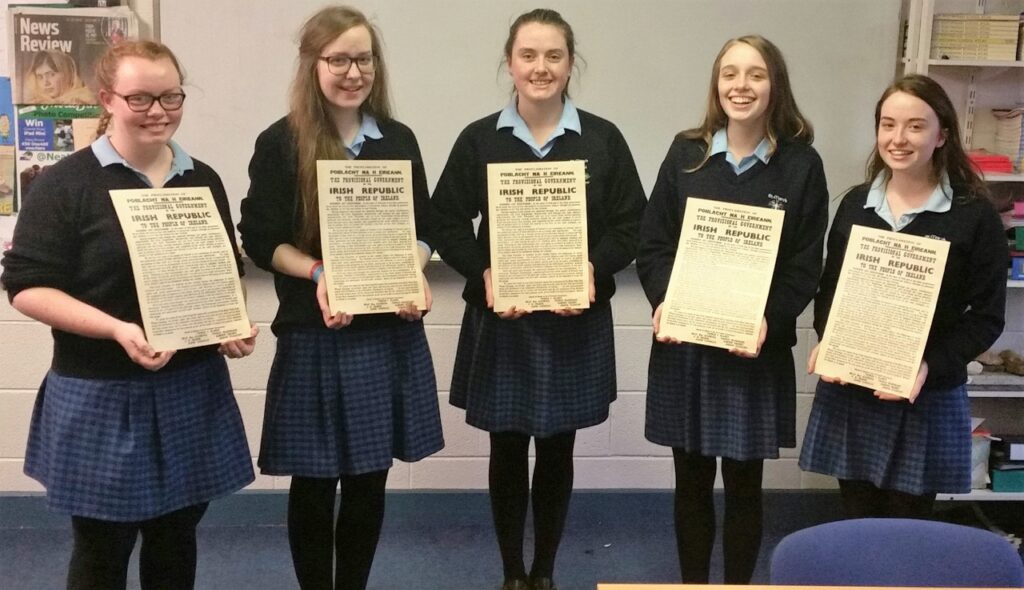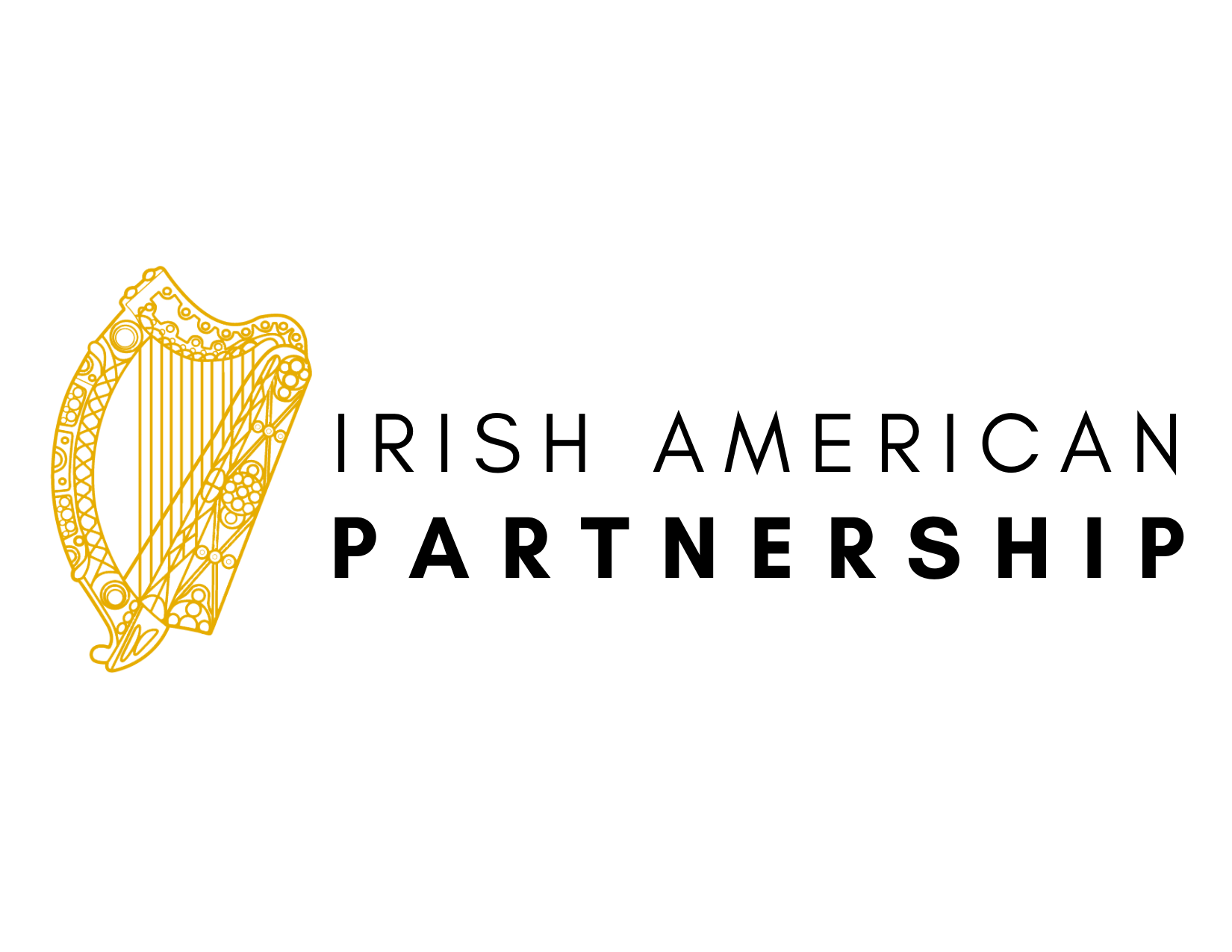News
The women of the rebellion were ordinary people living extraordinary lives. Just like their male counterparts, they were imprisoned, wounded, and killed. Yet, as the students at St. Mary’s Secondary School found, their stories often did not make it into history books.
100 years later, 500 girls are working to set the record straight.
From the very first line, it is clear that the 1916 Proclamation was a revolutionary document. Addressed to both Irishmen and Irishwomen, the proclamation laid out a vision for a new, free, and equal society where liberties were granted to all citizens. In a time when only a handful of countries had granted women’s suffrage, this was no small gesture. It was a guarantee won by the bravery, ingenuity, and commitment of the women who fought for Ireland’s freedom.
100 years later at a rural all-girls secondary school in Mallow, Co. Cork, students worked to uncover the hidden stories of the women of 1916. They sought to go beyond their textbooks and paint a fuller picture of the Rising.
History classes studied the contributions of Countess Markievicz, Margaret Skinnider, Kathleen Lynch, and Elizabeth O’Farrell. Art students made pieces inspired by women’s contributions to the Rising. Home economics classes worked together to cross-stitch a frame filled with symbols of Irish independence. Students wrote speeches, poems, papers on the women of 1916.
What did they conclude? “The women of 1916 were spies, snipers, couriers and gun runners. They were also wives, mothers, sisters and girlfriends.”
Reprinted from the Partnership’s 1916 Commemoration Report.


